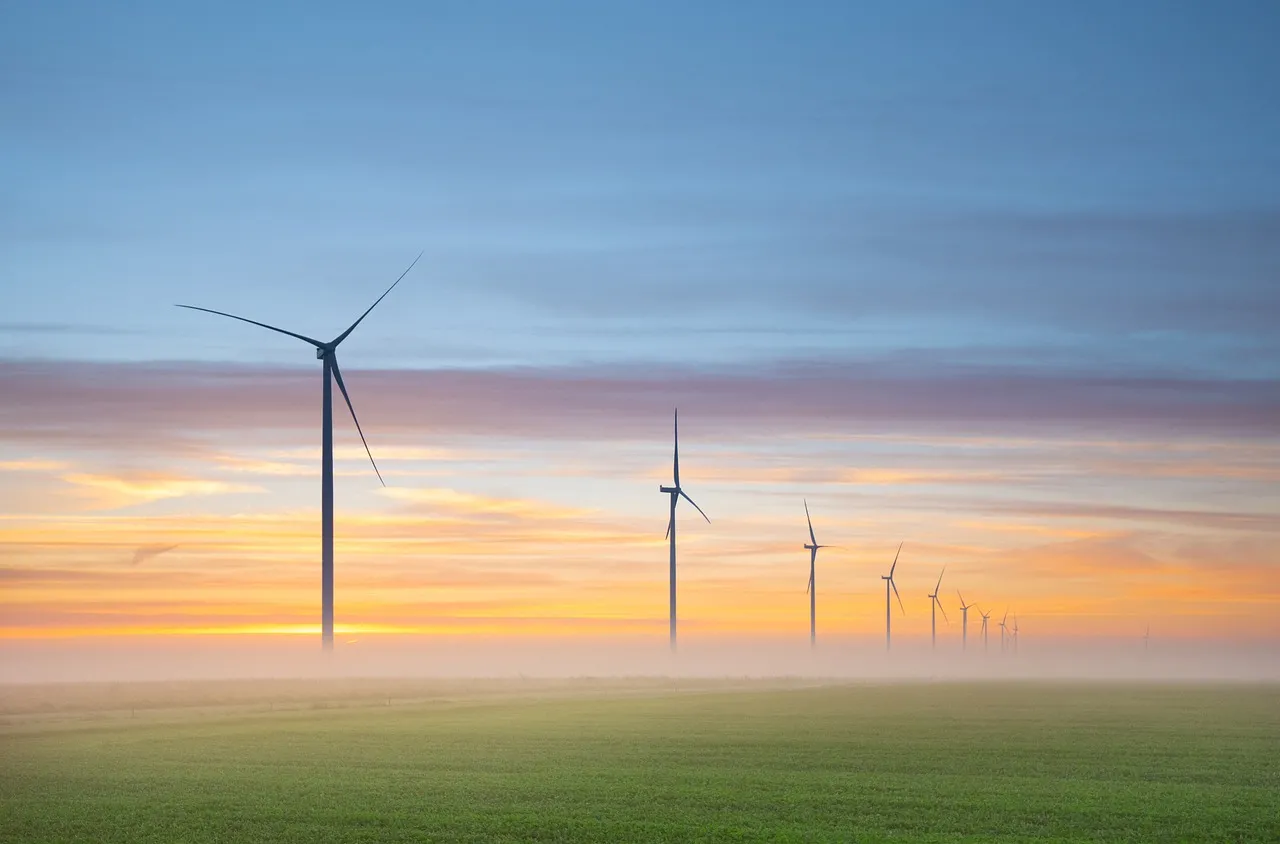

Studying Colorado's 'Just Transition Action Plan' to Renewable Energies
Fall 2021 Department of Geography & Environmental StudiesProject Overview
Project Sponsor: Dylan Harris - Associate Professor
Responsible Department: Geography & Environmental Studies
Themes: Energy, Education, Community
Goal: To study why transitions to renewable energies are taking place and be actively engaged in the transition process to ensure communal benefits.
Impact: Research will result in peer-review publications and conference presentations in academic and professional communities. In addition, the project will engage directly with Colorado communities on issues of energy, climate, and sustainability.